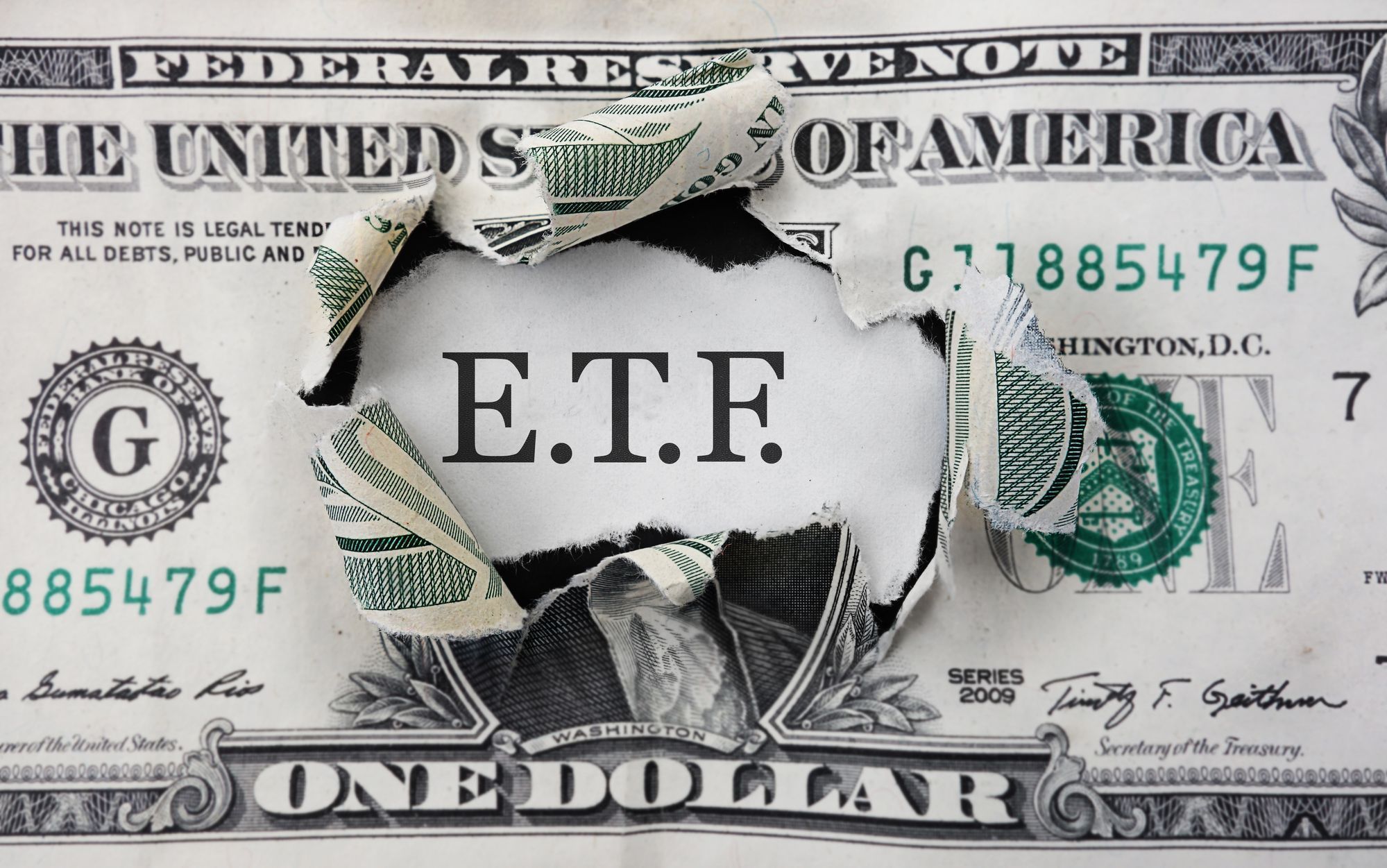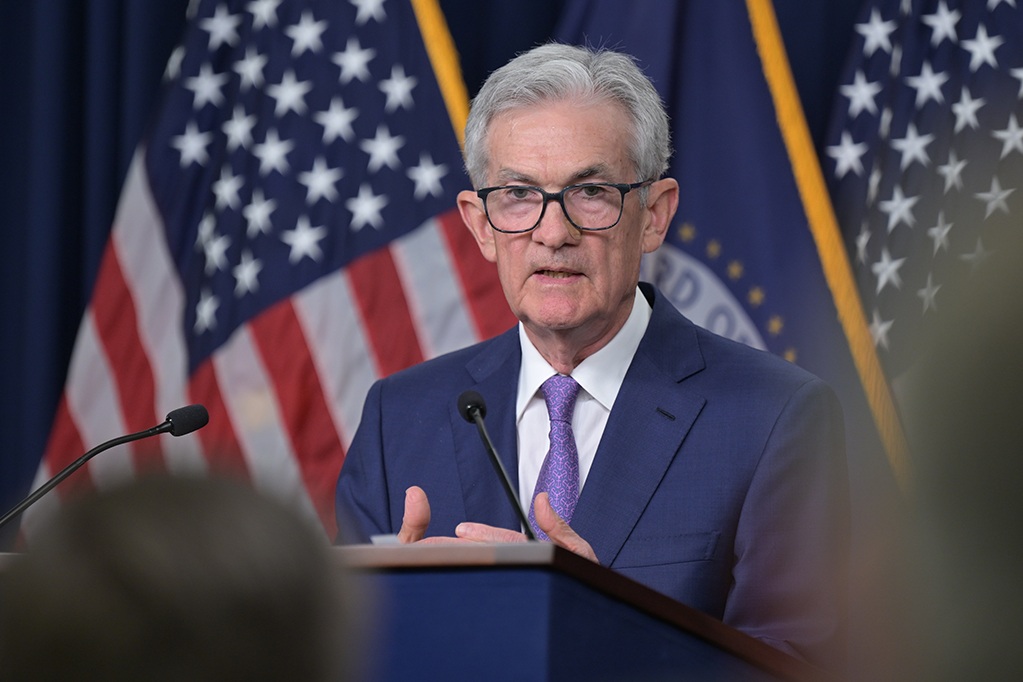Where Will UPS Be in 3 Years?

Key Points
UPS is taking decisive action to improve its revenue quality and boost margins.
The moves build on established success in expanding healthcare and delivering services to small and medium-sized businesses.
A dividend cut would give management more flexibility to accelerate these plans.
The short answer to the question in the headline is that United Parcel Service (NYSE: UPS) is likely to be in a better place in a few years. Still, the extent of the improvement is debatable, and the result will significantly affect the kind of return investors can expect from the stock. Here's what you need to know about investing in UPS.
The key to the UPS investment case
The central argument here is that the underlying improvements in the business, and those that will drive its earnings growth over the long term, are being obscured by a combination of near-term headwinds in its end markets, strategic operational decisions (notably the conscious decision to reduce Amazon deliveries), and the need to keep paying out $5.5 billion in dividends.
Where to invest $1,000 right now? Our analyst team just revealed what they believe are the 10 best stocks to buy right now. Continue »
There's little UPS can do about the first issue, its end markets. The second issue -- Amazon volume reduction -- is sensible, because it aligns with management's strategy of shifting to higher-margin deliveries to optimize its network.
The third issue -- paying its sizable dividend -- is the challenge here and makes a dividend cut possible. Considering the curent financial position, cutting the dividend is what management should be doing now.
I don't want to belabor the point about cutting the dividend here, but rather to emphasize the ongoing improvements in the business, which will make it a more attractive company in a few years.
Four ways UPS can improve its business
There are four things to focus on, and they are all fundamental to management's goal of optimizing the profitability of its network:
- Expanding higher-margin healthcare-related deliveries.
- Growing its higher-margin deliveries for small and medium-sized businesses (SMBs) and capturing more market share in the U.S.
- The aforementioned reduction in low- or negative-margin deliveries for Amazon.
- Ongoing investments in technology to build out its so-called Network of the Future.
Growing healthcare revenue
Management views expanding higher-margin healthcare deliveries as a key opportunity. In its Investor Day presentation, it outlined plans to double its healthcare revenue from $10 billion in 2023 to $20 billion by 2026.
Putting those figures into context, UPS revenue was about $91 billion in 2023 (making healthcare 11% of revenue), and Wall Street expects its sales to be $87.8 billion in 2026. As such, healthcare revenue could grow to 22.7% of revenue in 2026 -- a significant shift.
To that end, UPS has acquired healthcare businesses since its Investor Day to achieve its objectives. It bought Frigo-Trans and Biotech & Pharma Logistics (specialists in temperature-sensitive healthcare logistics) in January 2025, and the company agreed to buy Andlauer Healthcare Group for $1.6 billion in April 2025.

Image source: Getty Images.
The opportunity in small and medium-sized businesses, and Amazon deliveries
Management's plans for SMBs are equally ambitious, with the long-term goal of growing it to 40% of its total package volume in the U.S. The penetration rate increased from 27% in 2021 to 29% in 2023 and stood at 31.2% as of the first quarter of 2025.
The key to its aims here is its Digital Access Program (DAP), which gives SMBs access to enterprise-level shipping rates and services via UPS' partnership with e-commerce platforms used by SMBs.
At the same time, UPS is aiming to reduce Amazon deliveries by 50% from the start of 2025 to June 2026. Management said that the e-commerce leader was responsible for 11.8% of revenue in 2024, implying a figure of approximately $10.7 billion. Reducing Amazon volume by 50%, all things being equal, could result in about $5.4 billion in run-rate revenue from Amazon in 2026.
Underpinning these dramatic shifts in deliveries, the company will continue to invest in automation, robots, and smart facilities (its Network of the Future). The productivity improvements are expected to enable it to close 200 facilities by the end of 2028, resulting in $3 billion in annual cost savings.

Image source: Getty Images.
UPS in three years
All told, UPS is going to be a significantly different company in a few years, with more healthcare and SMB revenue, and far fewer costly deliveries going to hard-to-find residential addresses, which are often associated with Amazon. The shift implies margin expansion (although the reduction in Amazon volume will reduce revenue), as does the investment in its network.
Management could accelerate this process by reducing its dividend, since it still faces an uncertain economy in 2025, as well as the complex task of fine-tuning the reduction in Amazon volumes. Still, either way, UPS is likely to be a stronger company in a few years.
Should you invest $1,000 in United Parcel Service right now?
Before you buy stock in United Parcel Service, consider this:
The Motley Fool Stock Advisor analyst team just identified what they believe are the 10 best stocks for investors to buy now… and United Parcel Service wasn’t one of them. The 10 stocks that made the cut could produce monster returns in the coming years.
Consider when Netflix made this list on December 17, 2004... if you invested $1,000 at the time of our recommendation, you’d have $699,558!* Or when Nvidia made this list on April 15, 2005... if you invested $1,000 at the time of our recommendation, you’d have $976,677!*
Now, it’s worth noting Stock Advisor’s total average return is 1,060% — a market-crushing outperformance compared to 180% for the S&P 500. Don’t miss out on the latest top 10 list, available when you join Stock Advisor.
*Stock Advisor returns as of July 7, 2025
John Mackey, former CEO of Whole Foods Market, an Amazon subsidiary, is a member of The Motley Fool's board of directors. Lee Samaha has no position in any of the stocks mentioned. The Motley Fool has positions in and recommends Amazon and United Parcel Service. The Motley Fool has a disclosure policy.


.jpg)


